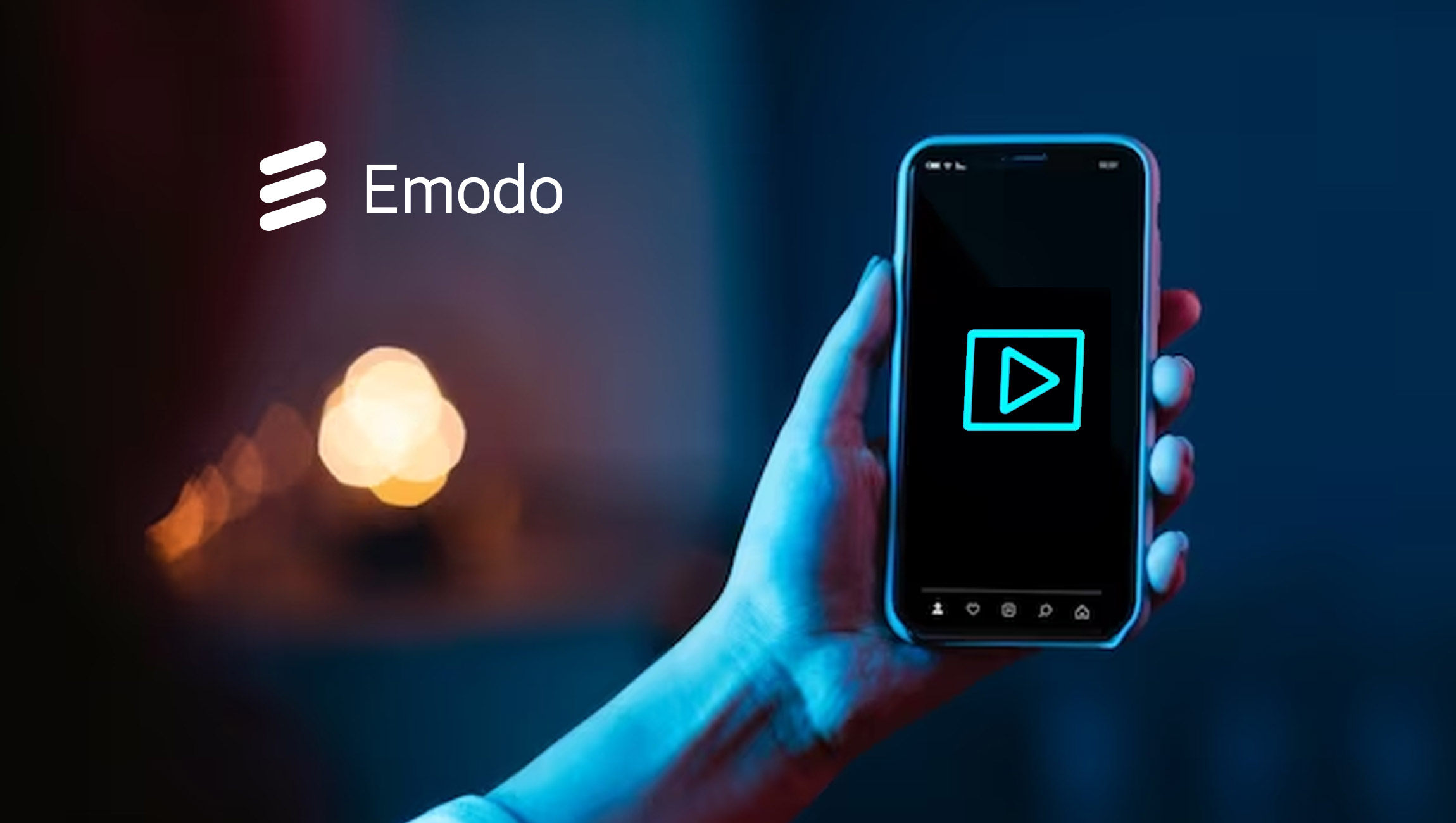It’s no secret that buyer behavior has changed dramatically in recent years. Factors like our unfriendly economic climate and already-bloated tech stacks have certainly contributed to this shift. Worldwide technology spending is projected to increase by 4.3% in 2023, which means market competition is heating up in tandem with rapidly evolving buyer behaviors.
For B2B marketing, sales, and customer success teams, it has become more perilous to make assumptions about the buyer journey and the content that will work to facilitate it the way buyers expect. No one has time for bad leads and missed opportunities, and these teams are now tasked with making every single interaction with prospects and customers count.
The power of a well-defined strategy
To account for the ever-changing expectations in today’s market, marketing leaders urgently need to implement integrated, well-defined strategies. Overall, the key to remaining competitive in a rapidly evolving global climate is staying agile, adaptable, and focused on meeting customer needs. Today’s B2B enterprises must specifically rely on accuracy, precision, and reliability to target the right audiences at the right time and drive continuous revenue.
This extends to product management and product marketing, as vendors must continuously innovate and enhance their products to stay ahead of market competition. Staying nimble in this regard requires a staunch commitment to research and development, keeping up-to-date on the latest technologies, and remaining open to new ideas and approaches.
By understanding their customers’ evolving needs, pain points, and preferences, businesses can tailor their products and services to better address these demands and pivot accordingly. Companies willing to embrace change and continually innovate will be better positioned to succeed in the long run.
But this requires regular feedback and engagement with customers. Herein lies the challenge. What specific measures has your company taken to glean this information from your customer base? And are you leaning on the right technology solutions to help you do so?
Marketing Technology News: MarTech Interview with David Barnhardt, Head of Experience at Inbenta
Leveraging intent data’s dynamic insights
Buyer intent data provides marketing, sales, and customer success teams with insight into prospects’ online behaviors. Armed with this information, these teams can more appropriately and accurately gauge where a prospect is in their buyer journey to optimize content and outreach.
The buyer journey may be more complex, but intent data empowers revenue-generating teams to roll with the punches and execute a strategy that will keep prospects engaged and interested. Furthermore, no matter a buyer’s specific behaviors, even episodic buyer research patterns can be correlated to whether they’re in the early, mid, or late stages of their purchase decision-making process. This provides revenue-generating teams with the information they need to appeal to that buyer’s needs at their current stage in their journey.
But this requires a strategic selection of intent topics and/or keywords to monitor. Throwing a handful of keywords at the wall to see what sticks simply won’t cut it, so let’s explore how to best use intent data to locate where a prospect falls in their buyer journey.
Early stage: At the onset, prospects may not be aware of your solution or brand yet. They may not even know what type of solution they’re looking for – right now, they’re trying to get a better understanding of the issues they’re facing and what tools exist to solve them. Intent data signals here will thus surge around topics and keywords related to general challenges and pain points.
For example, providers of a learning experience platform may see early-stage prospects spiking on more general topics and keywords like “employee education” or “professional development,” rather than “learning experience platform.”
Mid-stage: By now, your prospect has likely identified why they’re having problems, and now they’re trying to find a solution. At this point, intent data will show a greater level of activity around topics and keywords related to specific product and/or service categories.
Mid-stage prospects concerned about professional development will start searching for more particular terms like “learning experience platform” or “eLearning.”
Late stage: Now that your prospect understands what solutions are available to them, they’re on their way to making a purchase decision. With so many solutions on the market, at this stage in their journey they’re weighing different providers against each other, trying to determine whether investing in a certain solution is worth the cost.
Intent signals here will be more related to individual brand and product names and specific features – for your company and your competitors.
Reaping the benefits
Intent data is the key to cracking today’s increasingly complex buyer journey. This vital information provides clarity by pinpointing the accounts on which marketing, sales, and customer success teams should focus their efforts.
Furthermore, it increases engagement efficacy by surfacing each account’s buying stage – as well as their specific concerns, interests, and priorities. This allows revenue-generating teams to identify the most effective mix of channels, tactics, and messaging needed to move a prospect through the pipeline.
The combined effect is powerful. With intent data on their side, revenue-generating teams experience:
- Greater efficiency
- Improved prospect and customer experience
- Increased conversion rates
- Boosted return on media and technology investments
- Faster sales cycles
- Significant revenue growth
Given the above benefits, marketing leaders are eyeing means to leverage artificial intelligence (AI) to further enhance and streamline revenue generation. It’s an exciting time to see how this technology will continue to transform the industry in the coming months and years. Intent data solutions powered by AI are reimagining intent and enabling revenue-generating teams to connect with buyers in a more automated, personalized, and timely manner.
Meeting buyers where they’re at doesn’t need to be rocket science. By staying agile and leaning on the proper technology to surface insights on where prospects are in their buyer journey, revenue-generating teams can effectively streamline the creation of timely, individualized content to earn – and maintain – customers’ attention.
Marketing Technology News: How To Create Legitimate Marketing Hype











